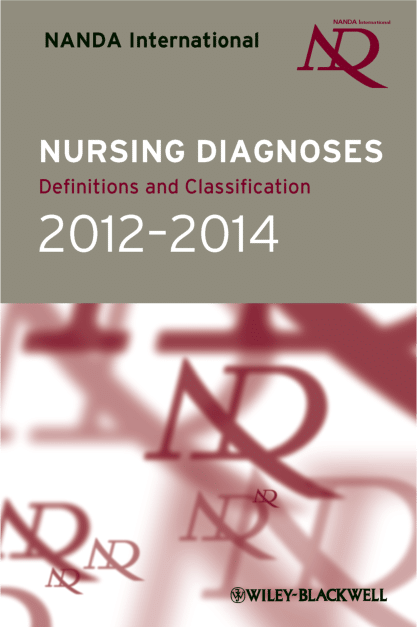Last updated on May 18th, 2022 at 08:12 am
PROBLEM-FOCUSED DIAGNOSIS
Problem-Focused Diagnosis related to ______________________ (Related Factors) as evidenced by _________________________ (Defining Characteristics).
Problem-Focused Diagnosis Example: Anxiety related to situational crises and stress (related factors) as evidenced by restlessness, insomnia, anguish and anorexia (defining characteristics).
RISK DIAGNOSIS
For risk diagnoses, there are no related factors (etiological factors), since we are identifying a vulnerability in a patient for a potential problem; the problem is not yet present. Therefore we identify the risk factors that predispose the individual to a potential problem.
The correct statement for a NANDA-I nursing diagnosis would be: Risk for _____________ as evidenced by __________________________ (Risk Factors).
Risk Diagnosis Example: Risk for infection as evidenced by inadequate vaccination and immunosuppression (risk factors).
HEALTH PROMOTION DIAGNOSIS
Because health promotion diagnoses do not require a related factor, there is no “related to” in the writing of this diagnosis. Instead, the defining characteristic(s) are provided as evidence of the desire on the part of the patient to improve his/her current health state.
Health Promotion Diagnosis Example: Readiness for enhanced self-care as evidenced by expressed desire to enhance self-care.


